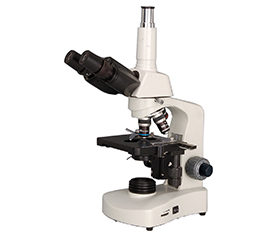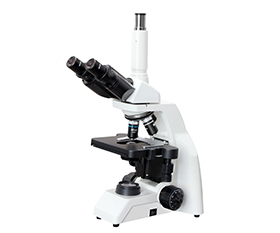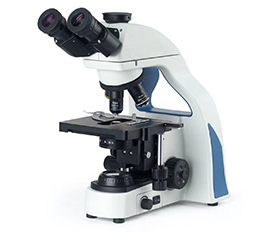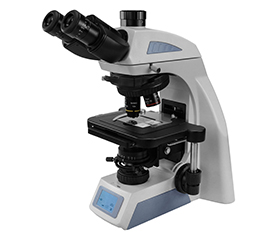What is the Difference between Finite and Infinite Optical System?
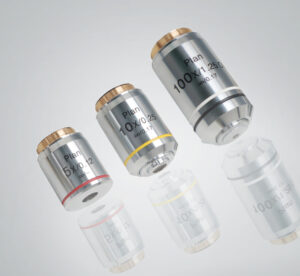 Objectives allow microscopes to provide magnified, real images and are, perhaps, the most complex component in a microscope system because of their multi-element design. Objectives are available with magnifications ranging from 2X – 100X. They are classified into two main categories: the traditional refractive type and reflective. Objectives are mainly used with two optical designs: finite or infinite conjugate designs. In a finite optical design, the light from a spot is focused into another spot with the aid of a couple of optical elements. In an infinite conjugate design, the diverging light from a spot is made parallel.
Objectives allow microscopes to provide magnified, real images and are, perhaps, the most complex component in a microscope system because of their multi-element design. Objectives are available with magnifications ranging from 2X – 100X. They are classified into two main categories: the traditional refractive type and reflective. Objectives are mainly used with two optical designs: finite or infinite conjugate designs. In a finite optical design, the light from a spot is focused into another spot with the aid of a couple of optical elements. In an infinite conjugate design, the diverging light from a spot is made parallel.
Before infinity corrected objectives were introduced, all microscopes had a fixed tube length. Microscopes that do not utilize an infinity corrected optical system have a specified tube length – that is, a set distance from the nosepiece where the objective is attached to the point where the ocular sits in the eyetube. The Royal Microscopical Society standardized microscope tube length at 160mm during the nineteenth century and this standard was accepted for over 100 years.
When optical accessories such as a vertical illuminator or a polarizing accessory are added into the light path of a fixed tube length microscope the once perfectly corrected optical system now has an effective tube length greater than 160mm. In order to adjust for the change in tube length manufacturers were forced to place additional optical elements into the accessories in order to re-establish the 160mm tube length. This usually resulted in increased magnification and reduced light.
German microscope manufacturer Reichert started experimenting with infinity corrected optical systems in the 1930s. However, the infinity optical system did not become common place until the 1980s.
Infinity optical systems allow introduction of auxiliary components, such as differential interference contrast (DIC) prisms, polarizers, and epi-fluorescence illuminators, into the parallel optical path between the objective and the tube lens with only a minimal effect on focus and aberration corrections.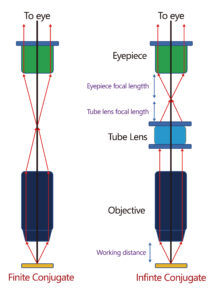
In an infinite conjugate, or infinity corrected, optical design, light from a source placed at infinity is focused down to a small spot. In an objective, the spot is the object under inspection and infinity points toward the eyepiece, or sensor if using a camera. This type of modern design utilizes an additional tube lens between the object and eyepiece in order to produce an image. Though this design is much more complicated than its finite conjugate counterpart, it allows for the introduction of optical components such as filters, polarizers, and beam splitters into the optical path. As a result, additional image analysis and extrapolation can be performed in complex systems. For example, adding a filter between the objective and the tube lens allows one to view specific wavelengths of light or to block unwanted wavelengths that would otherwise interfere with the setup. Fluorescence microscopy applications utilize this type of design. Another benefit of using an infinite conjugate design is the ability to vary magnification according to specific application needs. Since the objective magnification is the ratio of the tube lens focal length(fTube Lens)to the objective focal length (fObjective)(Equation 1), increasing or decreasing the tube lens focal length changes the objective magnification. Typically, the tube lens is an achromatic lens with a focal length of 200mm, but other focal lengths can be substituted as well, thereby customizing a microscope system’s total magnification. If an objective is infinite conjugate, there will be an infinity symbol located on the body of the objective.
mObjective=fTube Lens/fObjective
The resources are collected and organized on the Internet, and are only used for learning and communication. If there is any infringement, please contact us to delete.


